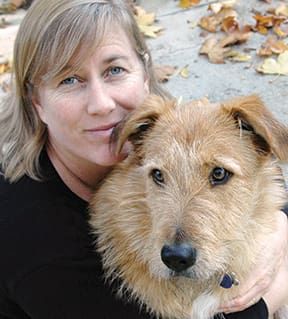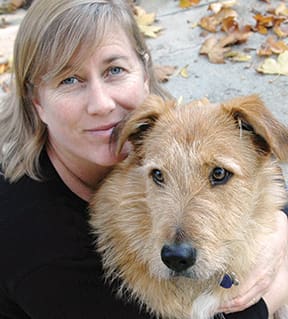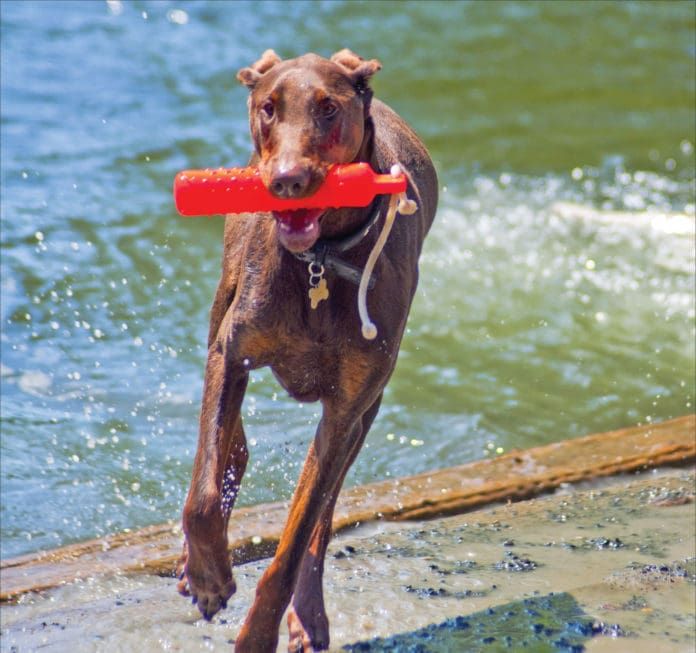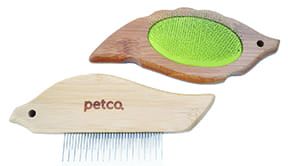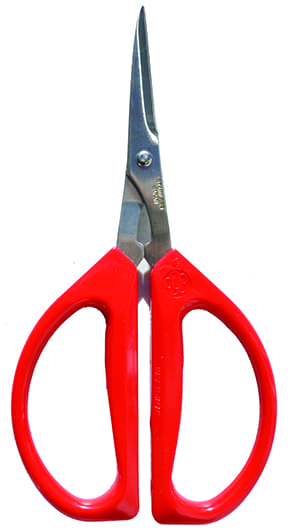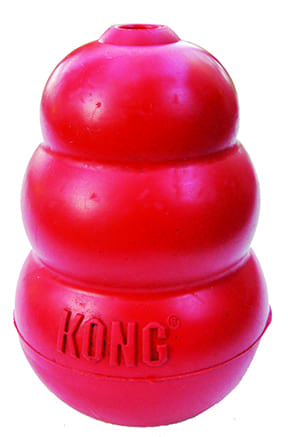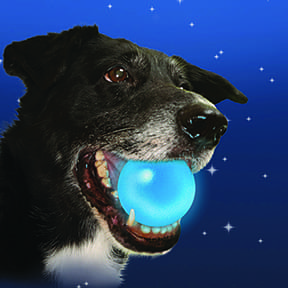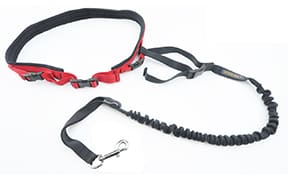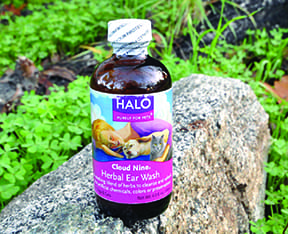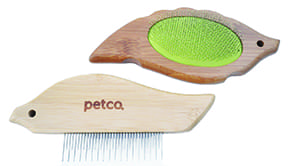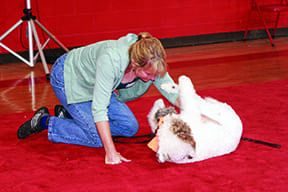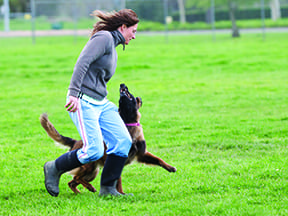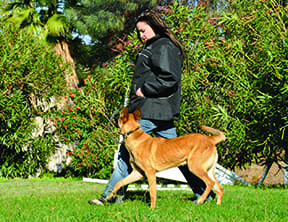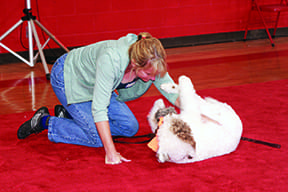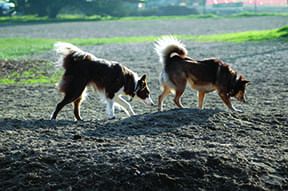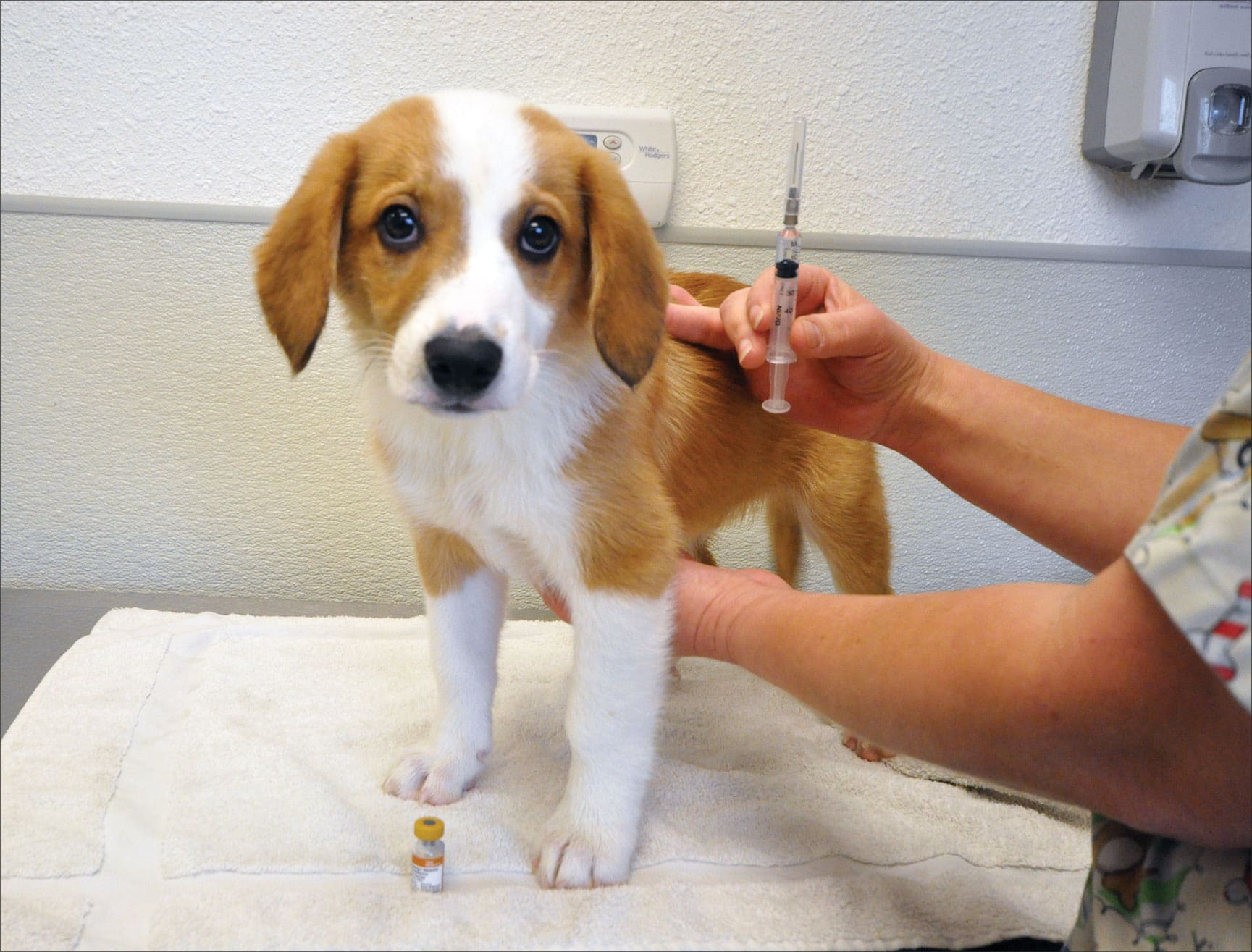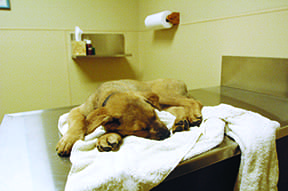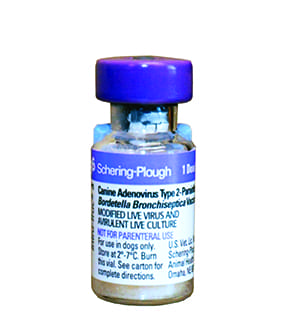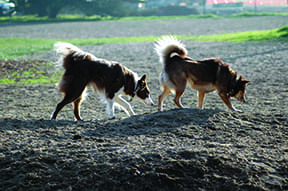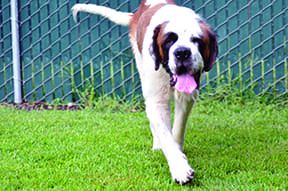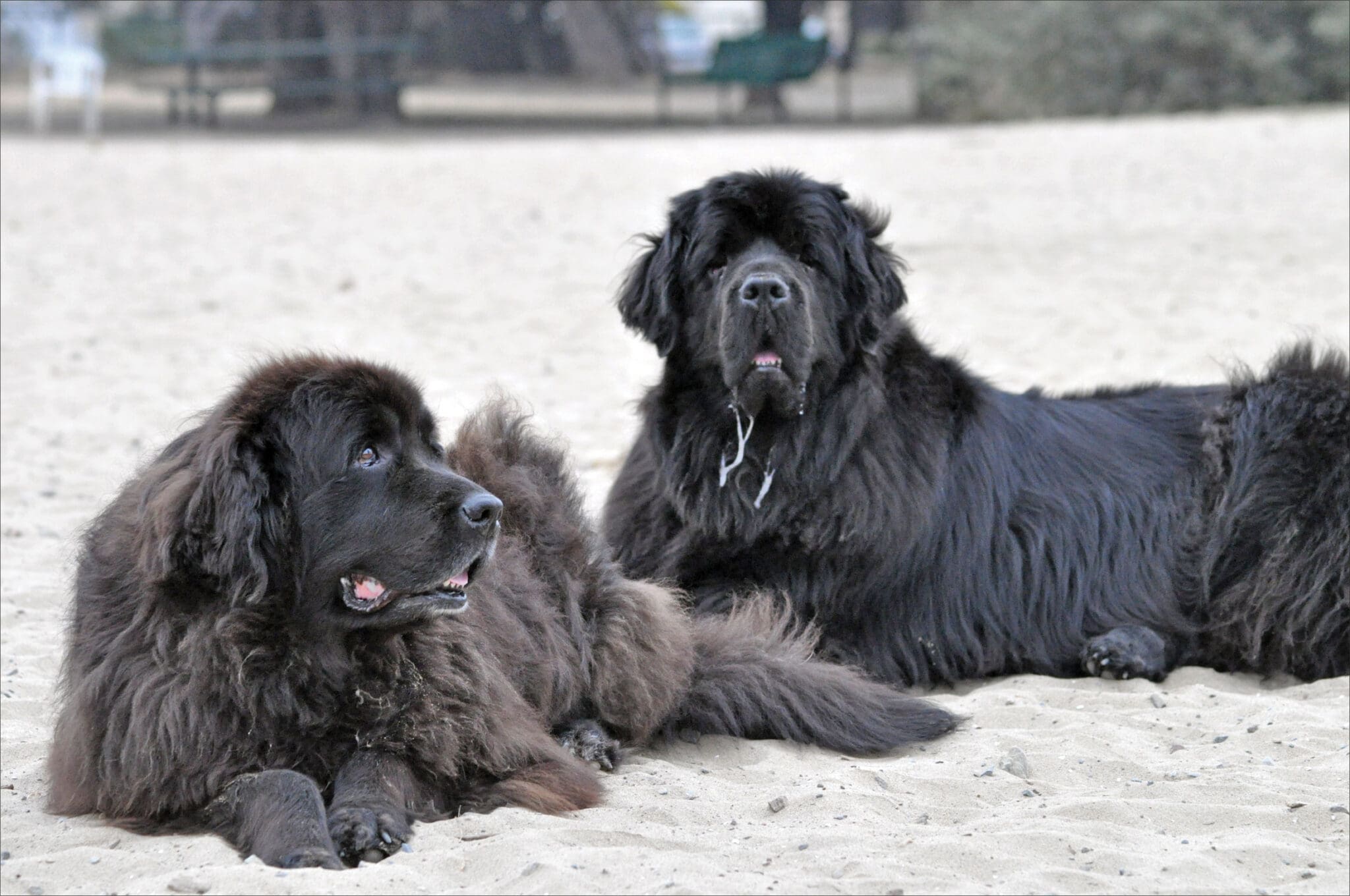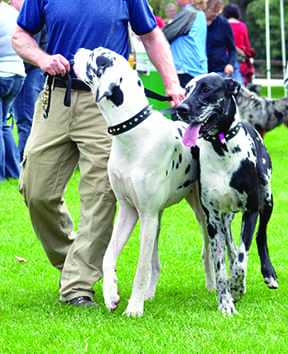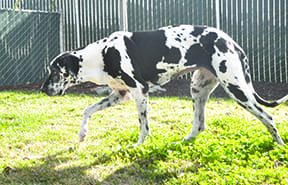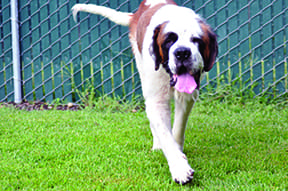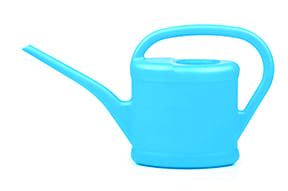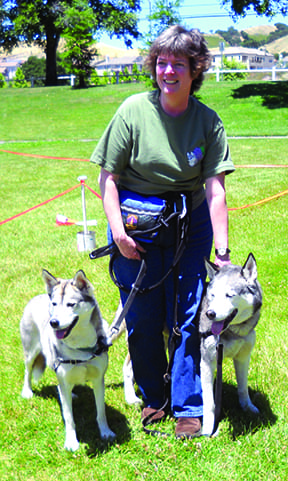Sixteen years ago, when WDJ first assessed the “premium” segment of the dry dog food market, we didnt find many products that met our selection criteria. The companies that made foods that we would consider top quality were small and not well known. The vast majority of foods on the market contained abominable ingredients (such as meat and bone meal and animal fat) and the companies that produced them were not very consumer-friendly and downright contemptuous of a consumer-oriented newsletter with canine health activist readers! Even the companies that offered the highest-quality products on the market, the best of the best, were reticent about their ingredient sources and manufacturing locations.
That was then; this is now.
Today, the segment of the market commonly referred by the pet food industry as (variably) natural, holistic, or super premium (none of those being legal definitions) has experienced absolutely explosive growth. The entire pet food market has grown, but the performance of the type of products that meet our selection criteria has been remarkable.
So it shouldn’t come as a surprise that even the biggest players in the pet food industry have taken notice; some have been taking experimental steps in this direction for a number of years. And today, companies like Colgate-Palmolive’s Hill’s Pet Nutrition and Procter & Gamble’s Eukanuba offer products that meet WDJ’s selection criteria.
You may ask, Are those foods truly better than they used to be? Or does WDJ’s selection criteria need to become more stringent?
The answer is Yes to both questions.
What’s Going On
Consumer demand gets the credit for the recent improvements in formulas at larger-scale pet food makers. After years of defending their ingredients, formulas, and products, the smart companies have found ways to offer products with the kind of ingredients that discerning pet owners want to see on the label. It’s doubly smart, because these changes actually give them a leg up on their competition, even if they are new to the super premium niche.
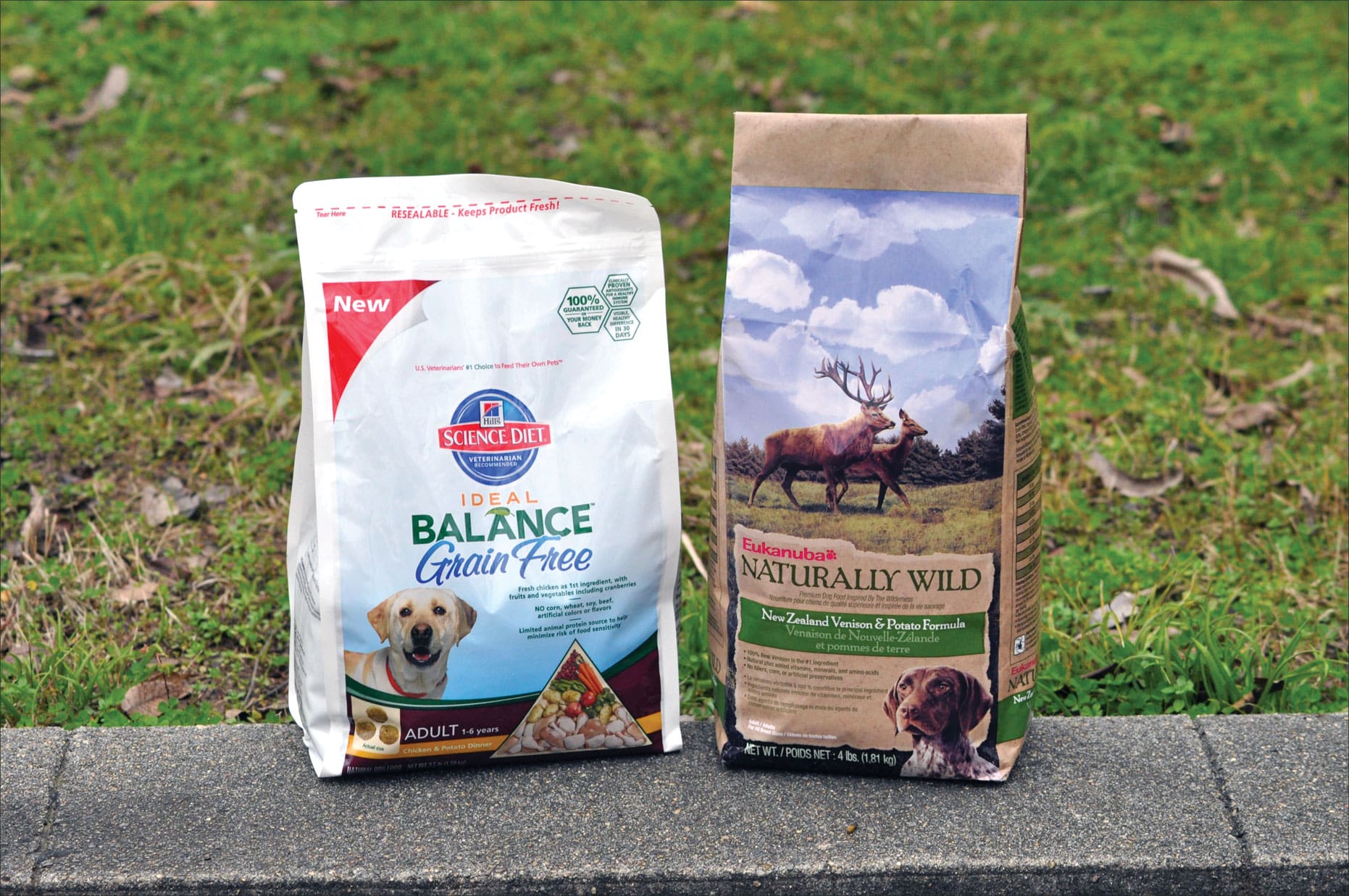
Large companies usually own and operate their own manufacturing plants, which invariably leads to more consistent production (and fewer quality control failures and recalls) than small companies, which almost always have to rely on third-party contract manufacturers to make their foods. (There are plenty of good co-packers out there, but when problems do occur, it’s always more difficult for a pet food company to determine the problem’s true cause and take steps to keep it from happening again if they are not the ones at the helm of the production facility.)
Also, gigantic companies have the financial backing needed to write big ingredient procurement contracts. In this way, they can effectively lock up the biggest, most consistent domestic sources of some ingredients.
Consumer demand also seems to be at least partially responsible for the change in attitudes by the pet food companies customer service and/or public relations people. The blanket excuse, Sorry, that’s proprietary information, is increasingly rejected as a legitimate response by consumers who are willing to pay top dollar for a reliable product from a communicative company. If you call a company and either can’t reach a live human being, or can’t get a straight answer to a few basic questions about the company’s ingredient sources or manufacturing location, well, now you have options. You can (and should) say, Well, thanks but no thanks; I guess I’ll buy my dog’s food elsewhere.
More Can Be Better
Here’s another trend in the market, and one that enables large pet food companies to maintain and defend their historically best-selling products and offer newer products with formulations that fly in the face of the corporate history: the rapid proliferation of new lines and products.
Each size of each product is given a unique stock keeping unit (SKU, pronounced skew) identification number. A decade ago, it was typical for a small-sized company that sold natural/holistic dry dog foods to offer three to five formulas, with each product offered in perhaps three different bag sizes in this case, a maximum of 15 SKUs. Today, even small companies may have dozens of SKUs, and the larger pet food makers may have hundreds.
There are several reasons for the surge of SKUs. At some point, the pet food companies realized that the more pointedly their products seemed to be aimed at specific dogs, the better they sold. Why would you buy a food for adult dogs when you can buy one that’s just for Yorkshire Terriers? Or, alternatively, for small indoor dogs, or toy breed senior dogs? It’s very appealing to think that the food has unique attributes that make it just right for your dog. This sort of specificity may also relieve some anxiety on the part of the owner who’s not sure about which food they should buy.
Consumers are also funny about product sizes; they like having more options than just a very small and a very large bag.
Additionally, a large number of SKUs in any given store has a powerful affect on consumers in the store. Think about it: It makes a big impression if you are walking down a long pet food aisle and you come to a section that has nothing but Pup Crunchies Brand foods from floor to ceiling for about 12 linear feet, and the bags are all different colors and sizes. Hey! This Pup Crunchies company must really be something!
And finally, as mentioned earlier, it gives the gigantic pet food companies an opportunity to offer products of varying quality and corresponding price points. This way, they can participate in the natural/holistic/premium market and offer their more conventionally formulated, lower-priced foods, too.
The Next Step
Some of you may skeptical about the sincerity of some of the companies on our annual approved dry dog foods list (the 2013 list appears in this issue). Personally, I’m happy to see the industry shift toward the use of better ingredients in more products; the changes will result in a nationwide net gain in the number of dogs eating better foods. And if the pet food companies who are serious about competing in the super premium market are improving their transparency and consumer relations, we all win.

But with mainstream pet food makers now selling foods with ingredient lists that are comparable to products that have been on WDJ’s approved foods lists for years, what will the companies with the deepest commitment to super-premium, ne plus ultra foods do to stay ahead of the game?
I don’t know what they’ll do, but I know what revolutionary development I’d like to see! The problem is, it’s currently impossible not because it can’t be done, but because it’s sort of against the law.
Tastes Like Chicken
Long-time readers know that WDJ has always recommended choosing products that contain whole, named meats or meat meals for example, chicken or chicken meal. This sort of ingredient has always been described to me and I have in turn promoted it to you as the best source of animal protein you can find on a dog food label.
I’ve gradually become aware, though, that there is quite a range of products that are available to pet food companies that can all be legally described as, for example, chicken.
First, let me describe what goes on in a meat processing plant. The primary mission of these plants is to convert recently living animals into different cuts of meat for human consumption. The most valuable products that emerge from a meat plant are the big cuts (think roasts, steaks, chops, or in the case of poultry, whole bird bodies, breasts, and legs), but there are lots of smaller bits of meat that get used in things like hot dogs or soup.
Every bit of meat that is going to be used for human food is handled in a strictly prescribed way, in order to be kept clean as it moves down the production line; and as soon as each bit has been processed to its intended state, it is chilled, whether in a package for retail sale or in large wholesale containers.
Along the production lines, though, there are lots of places where certain bits of meat are separated from the products that are headed to human consumption. These include whole or parts of carcasses of animals that, for various possible reasons, did not pass inspection after slaughter; specific parts of the animal that failed inspection down the line; stuff that fell on the floor; tiny bits of trimmings; and, in the case of poultry, meaty bones (including necks, wings, and frames the main body of the bird after most of the meat has been stripped from it). There are locations all along the meat processing line where some of these materials are diverted to bins that are clearly marked inedible the legal word for meat that cannot be used for human consumption.
Unlike edible meats, inedible meats don’t have to be kept chilled once they have been diverted to an inedible bin (chilling keeps any bacteria that may be present from proliferating). Of course, they can be kept chilled, but once they have been diverted to inedible meat containers, they must be denatured (marked with a substance, usually powdered charcoal, to further identify them as inedible) and stored separately from any edible products in the plant.
Generally, though, inedible meats are not chilled, but are diverted for transportation, either directly to pet food companies or to a renderer, where they will be made into a meat meal. Bacterial contamination of the material doesn’t seem to bother anyone; it’s generally accepted that any bacteria present will be killed during production of the pet food (extrusion or baking) or rendering of the meat meal.
The legal definition of chicken used in pet food is the clean combination of flesh and skin with or without accompanying bone, derived from the parts or whole carcasses of chicken or a combination thereof, exclusive of feathers, heads, feet and entrails. But in practice, this definition can be applied to anything from:
– A tanker truck full of chicken skin, bones, fat, bits of meat, and chicken meat that failed inspection for human consumption.
– Chicken frames (a frame is the skeleton of a chicken’s body after the feet and head have been cut off, and the guts and most of the meat has been stripped off).
– The flesh (muscle meat), with or without skin, with or without accompanying bone, removed from freshly slaughtered chickens.
– The same as above, but kept and transported in a chilled or frozen state to the manufacturing site.
– Any combination of the above.
All of the above items could legally appear on a product label as chicken. And there is no legal way for a pet food company to tell you (and no way for you to decisively confirm) that what the company uses in the food you feed your dog is human quality clean, inspected-and-passed, chilled chicken meat / skin / bone from freshly slaughtered birds and not the carcasses or parts of diseased chickens, and the bones and skin left over from human food production.
Why? Because, by law, NO ingredient that is used in pet food can be called human quality even if it is, really. Upon arrival at a pet food plant, even the most pristine, expensive, USDA-inspected-and-passed ingredient becomes inedible. (I’ve heard different accounts from various pet food company owners; some say it becomes inedible the moment the truck drives onto the pet food manufacturing site; others say it’s the moment the truck’s door are opened at a pet food facility.)
There are reasons galore for this random-seeming designation, but they all boil down to this: the government doesn’t want anyone to get confused and think that pet food is safe for humans to eat. If pet food companies are allowed to say that their products contain human grade or human quality ingredients, people might get confused and try to eat it! Or feed it to their kids!
Personally, I’d like to feed my dogs food that contains only clean, chilled, meat /skin/ bones/ and yes, even organs from freshly slaughtered, healthy animals. Some companies claim to be using ingredients of that quality already in fact, I’ve seen it with my own eyes! I’ve been to pet food plants where dry dog food was being made, right in front of me, with chilled or frozen chicken meat that was being taken right out of boxes or bins clearly stamped US Inspected and Passed by Department of Agriculture. But there currently isn’t any legal way for pet food makers to make this claim.
Wouldn’t it be great if there was a legal definition that could identify ingredients of this quality, so that pet food companies who are genuinely using these ingredients could be conclusively identified? And wouldn’t it be amazing if those companies whose representatives who hint or say they use these ingredients but aren’t could also be identified (and enforcement action could be taken against them)?
The Holy Grail
The fact is, millions of American dogs are currently eating thousands of tons of food that is made with what sounds like the worst possible stuff that could emerge from a slaughterhouse and they are apparently doing just fine. There are no studies anywhere suggesting that there is a correlation between the illness of any dogs who are fed diets made of disgusting, bacteria-laden bits of diseased animals, and the health of dogs who eat only food made of inspected-and-passed muscle meat.
Studies or no studies, many of us are willing to pay fantastic prices to be assured that the food we feed our dogs contains only nice clean meat. Couldn’t the companies that are deeply dedicated to making those products find some way to push regulators for a definition that could help consumers know they are really getting what they are paying for?
There must be a way. The pet food companies know what they are paying their ingredient suppliers for; indeed, they can specify whatever they want from their meat suppliers. For example, they can specify that they will pay only for chicken meat containing only a certain amount of ash (which indicates the amount of bone that’s included), only a certain amount of fat (which indicates the amount of skin that’s included), and only a certain amount of lipid oxidation (oxidized fat; the beginning of rot). High-protein, low-ash, low peroxide chicken is expensive, so the products that contain it will be, too. But a high price is no guarantee of high-quality ingredients.
When the companies that actually do use ingredients like that find a way to legally and verifiably prove it, you’ll see a brand new, two-tiered list of approved foods in WDJ. The top tier will probably be quite short, and the food quite expensive. But I’d be willing to bet the farm that there will be owners who would pay whatever it costs.
Product Review
In the meantime, we still have our present standards, and they still identify products that are better than the majority of dry dog foods. These standards are described on the next page, and a partial list of some of the products that meet our standards a starting point, a list of some good examples is explained later in this months edition






